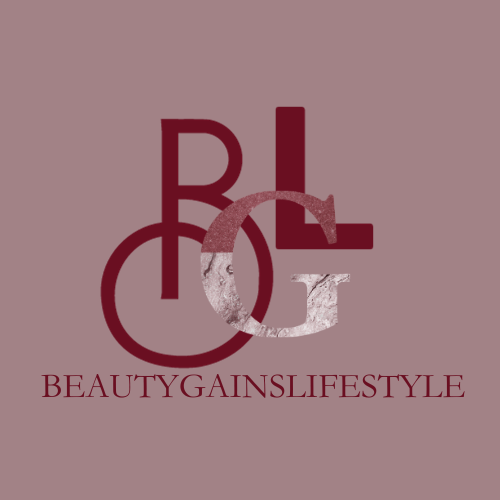Blackheads and whiteheads are comedones. Blackheads are open bumps on the skin. They look as if dirt is in the bump, but an irregular light reflection off the clogged follicle actually causes the dark spots. Whiteheads are closed bumps on the skin. They look white or yellowish.
#how blackheads occur?
Blackheads form when a hair follicle in the skin becomes clogged or plugged. Dead skin cells and excess oil collect in the follicle’s opening, which produces a bump. If the skin over the bump opens, the air exposure causes the plug to look black, thus forming a blackhead. Blackheads are a type of acne vulgaris, or hormonal acne. The most common cause is oil gland overproduction, which can happen during hormonal shifts, such as puberty, menstruation, and pregnancy. Blackheads can also form when hair follicles are irritated or when dead skin cells do not shed regularly.
This type of acne can be treated at home, but if over-the-counter products fail to address the outbreak, it’s time to see a dermatologist.
#HOW WE CAN REMOVE THEM?
Home blackheads treatments are common, and most are both inexpensive and available as over-the-counter creams. Topical products usually include salicylic acid, which cleans out the pores, and benzoyl peroxide, which can kill bacteria. Extracting a blackhead at home, however, can be difficult, and doing so may cause more harm than good. Squeezing pimples allows some pus to drain, but the acne’s core can remain, pushing further down into the skin. Blackheads are harder to drain than whiteheads because the plug is often stickier and less fluid-like, so expressing the blemish takes a practised hand.
The safest course of action is to keep your hands off your skin, follow a treatment regimen, and wait for your acne to heal. However, if you are determined to extract a blackhead at home, it’s best to use cotton or tissue to add pressure on either side of the blackhead, pushing up carefully with a rocking or massaging motion. Doing this in a warm, steamed room, such as the bathroom after a shower, can help loosen and soften the plug.
While removing blackheads at home is possible, you could create more damage in the process. At-home blackhead removal is not often feasible for people with several blackheads, as home extraction is both difficult and time-consuming.
What I do is I have ordered a machine which works great to remove blackheads and whiteheads. I have ordered it from Amazon. You can see the link in my stories.
#WHAT ARE WHITEHEADS AND HOW THEY OCCUR?
Whiteheads are a very common skin condition that mostly affects your face, neck, back and chest. There are a variety of causes, including too much oil on your skin and hair follicle irritation. Whiteheads commonly affect adolescents, but they can occur at any age.
Clogged pores are the main cause of whiteheads. Your pores can become blocked for several reasons.
One cause of blocked pores is hormonal changes, which are common triggers of acne. Certain life stages can increase the amount of sebum, or oil, your pores produce. The increased oil production causes clogged pores and whiteheads.
These stages include:
- Puberty
- Menstruation
- pregnancy
Certain contraceptives that contain progesterone only may also increase hormone levels and cause acne flares in women. Likewise, some women notice more acne during certain stages of their menstrual cycles once they stop taking birth control pills.
#HOW CAN WE REMOVE THEM?
They’re relatively easy to treat.
A topical retinoid is the first-line treatment for whiteheads. However, topical retinoids take three months to see any effect. They should ideally be used every day (or night).
Topical retinoids are used to prevent acne. They shouldn’t be used as a spot treatment on your pimples. Retinoids work by several mechanisms, but, ultimately, they prevent the pore-clogging process.
You should wear sunscreen daily since your skin will be more sensitive to the sun as a result of using a topical retinoid.
If you have inflammatory acne (red bumps and pustules on your face) your doctor might also prescribe oral or topical antibiotics, which destroy excess skin bacteria and reduce inflammation and redness. The oral antibiotics are used off-label to treat acne.
Combined oral-contraceptive birth control pills are also used to reduce acne in women. They’re an FDA-approved contraceptive method.
I HOPE YOU FIND THIS BLOG HELPFUL, THANKS FOR YOUR TIME <3
